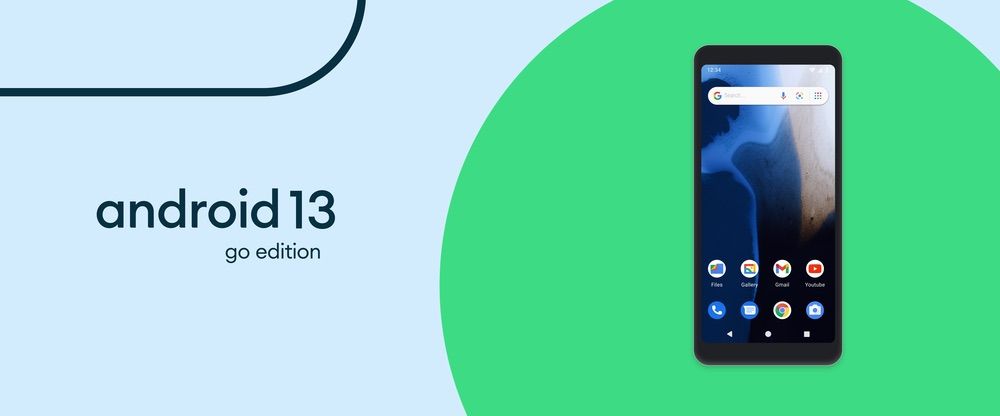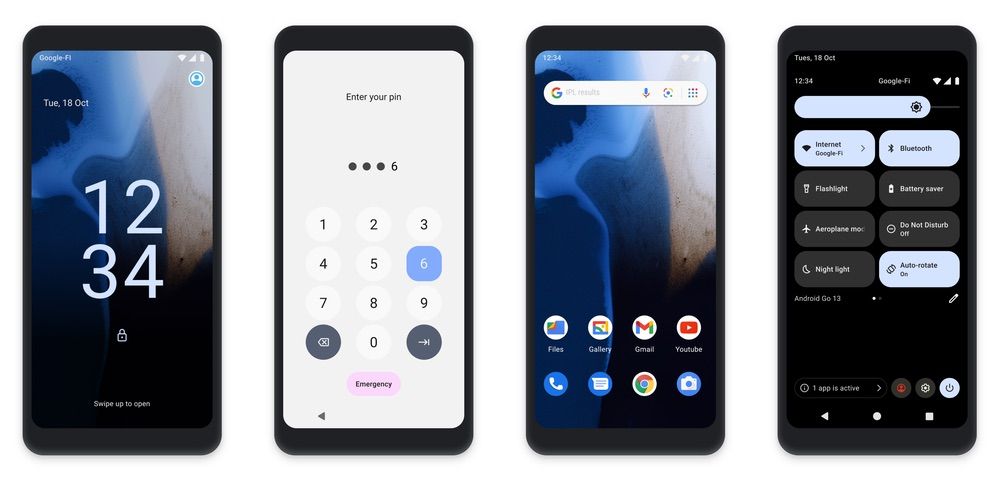Smartphones have come a long way in the last decade with powerful processors, dedicated chips for AI and ML tasks, ISPs with support for 100MP+ cameras, and more. Budget Android smartphones have improved over the years thanks to the trickle-down effect. But Android as an OS has also gotten heavier with time, requiring powerful hardware to run. And despite improvements, entry-level phones do not have the power to run the OS smoothly. This is why Google offers a Go edition of Android for low-end phones. Following the release of Android 13 in mid-August, Google has now announced the launch of Android 13 (Go edition).
Android 12 (Go edition) did not bring Material You to budget devices, with the release instead focusing on faster app launch times, app sharing using Nearby Share, and app hibernation. Android 13 (Go edition) changes that by bringing wallpaper-based dynamic theming, though you will be limited to four color schemes instead of the 16 you see on the full-blown version of the OS. Google Assistant's Discover home screen is also making its way to Android 13 (Go edition), allowing you to access the Discover tab with a right swipe from your home screen. Like on regular Android phones, articles and videos recommended by Google will appear here to help you stay up to date with the latest happenings worldwide.
Android 13 (Go edition) adds support for Google Play system updates, so the big G can directly roll out important improvements without requiring an OS upgrade or taking more device storage. The entire process will happen without involving the phone's manufacturer, which is usually the bottleneck in such scenarios. Google already rolls out monthly Play system updates for regular Android devices with new features, enhancements, and bug fixes. Besides the above improvements, Android 13 (Go edition) brings many other key Android 13 features like Notification Permissions and Per-app language settings.
Google also notes in its announcement that over 250 monthly devices are now running Android Go. That's up by 50 million from December last year, signaling that despite not coming into the media spotlight, there's robust demand for such low-end phones.


